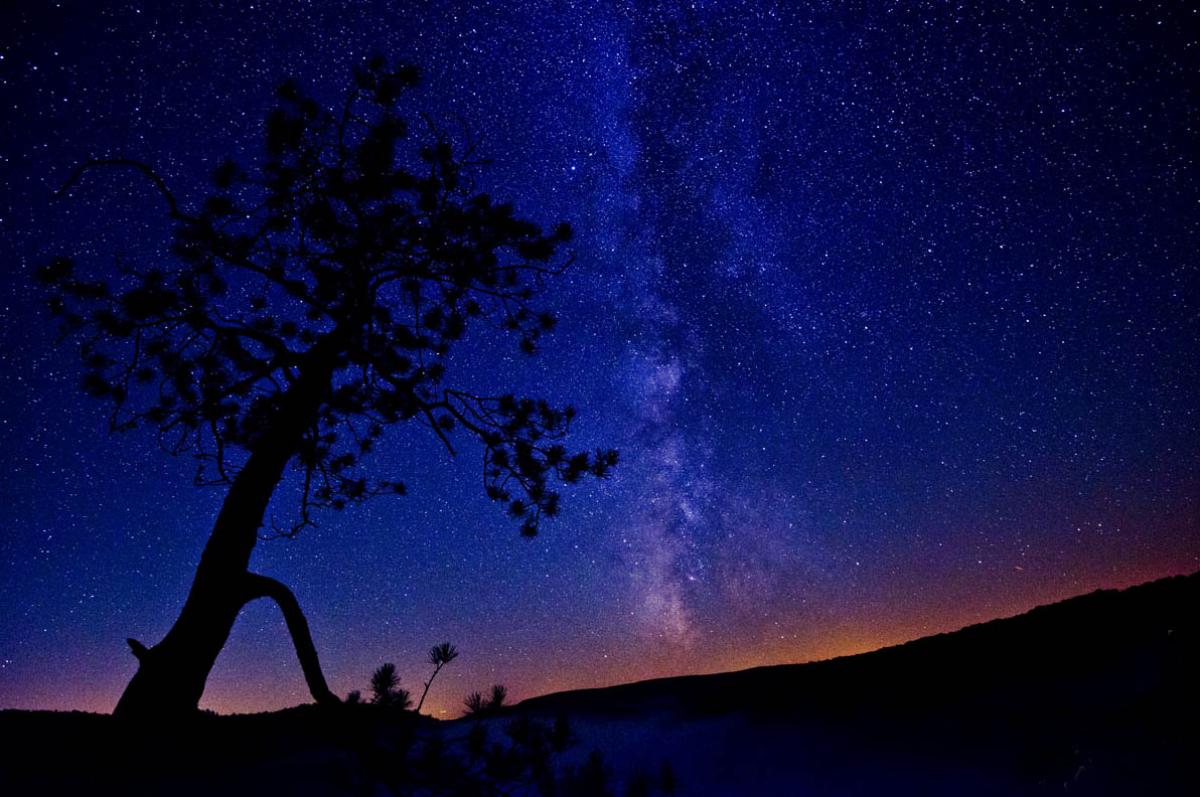
Stepping outside provides a hindrance for the lovers of night star observation. The full magnificence of the starry sky can be obscured by the giant city flashing and night glamor and all other types of artificial lighting. The natural darkness seems to be lightened up and the magic of the night seems to vanish. However, the countryside of the US provides patches of wilderness that keep the natural beauty of the night. These are places where you can relish the experience of gazing at the of the breathtaking starry skies above.
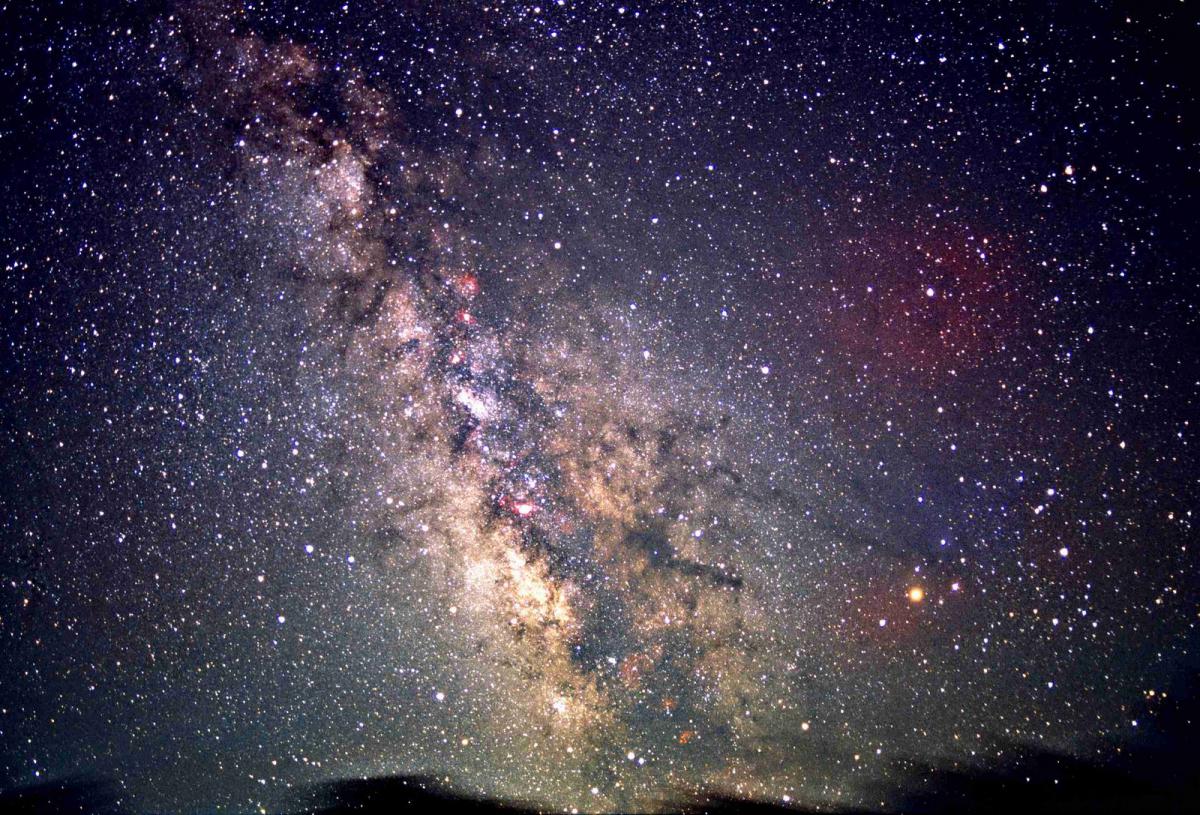
In 2008, the 82-acre Cherry Springs State Park, located east of the Mississippi river was certified as an International Dark Sky Park. Although it is situated close to urban regions, the park provides a 360-degree observation of the night sky without interference of light. The park is established on top of a hill, and it is encompassed by Susquehannock State Forest, which is ,262,000 acres. During the summer season, Friday and Saturday nights offer opportunities of amazing sky tours.
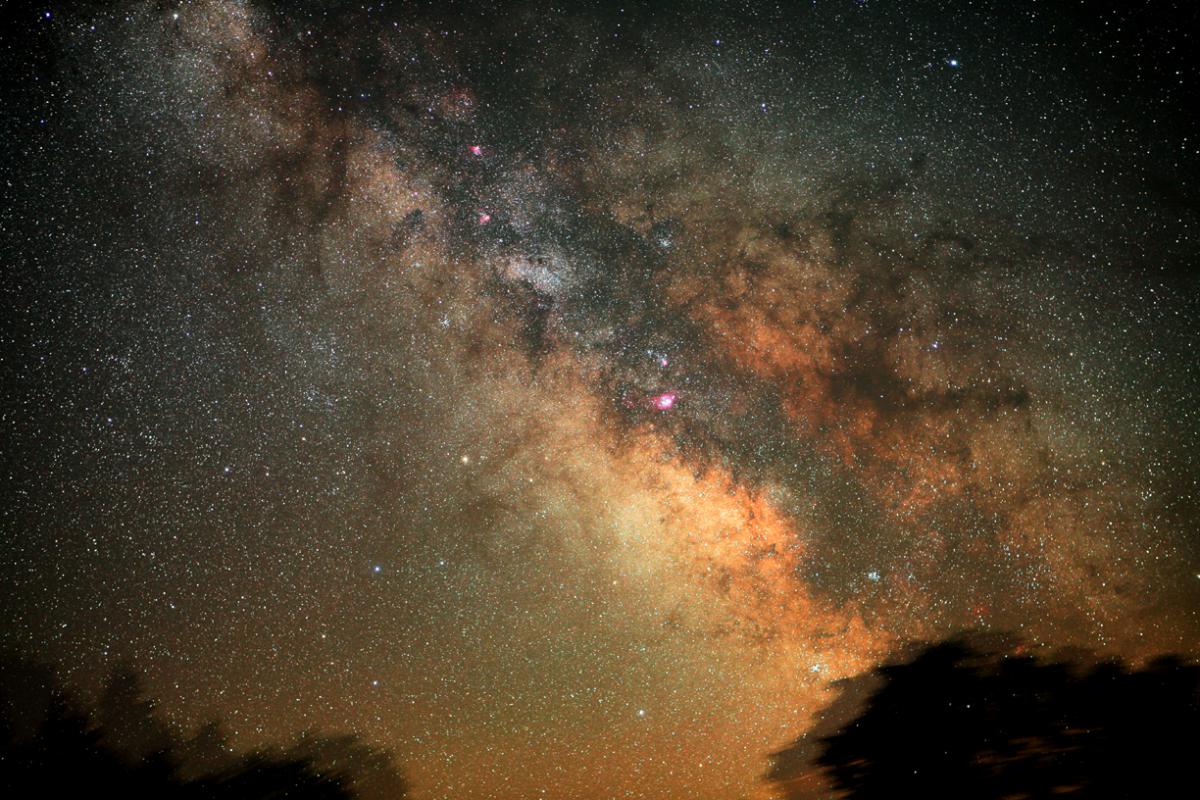
Useful info: Opposite the Astronomy Observation Field, you will find Cherry Springs State Park’s Night Sky Viewing area. It is open 24-7 and is extremely convenient since it is constructed as a barrier of light eventually coming from vehicles passing by. It also offers ,public parking and information sites.
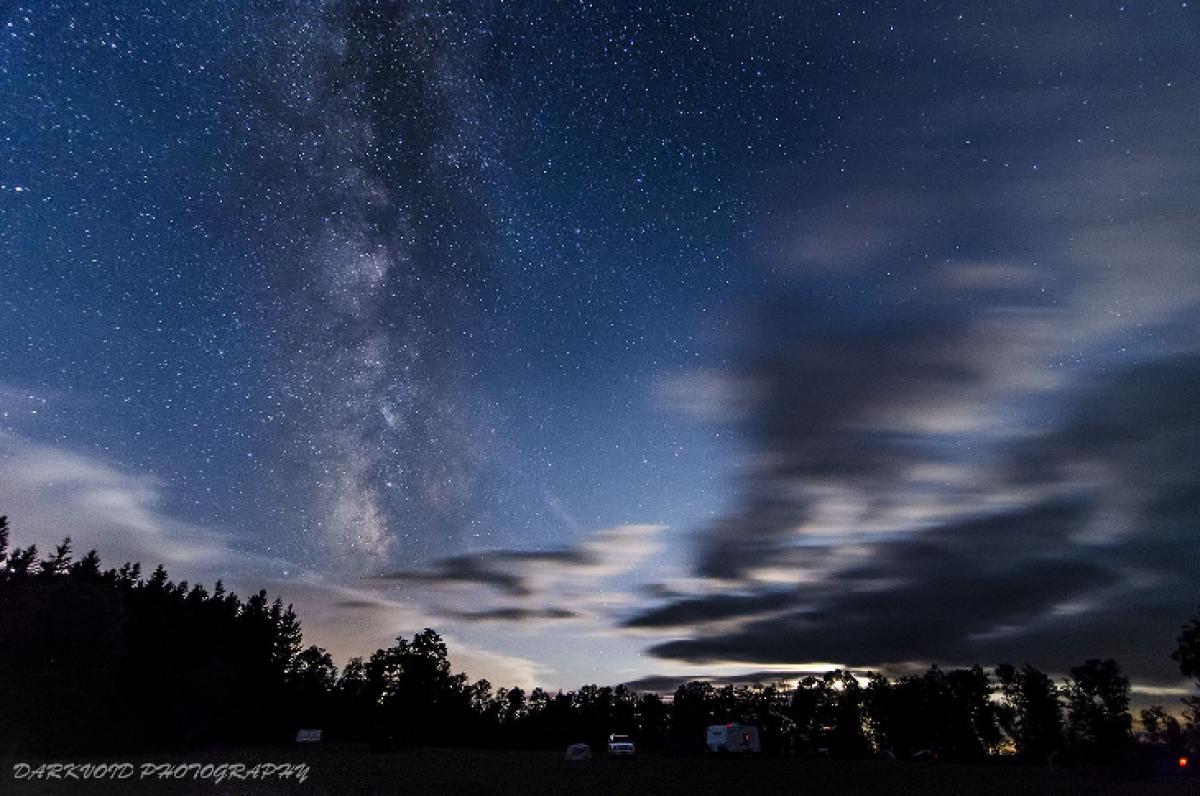
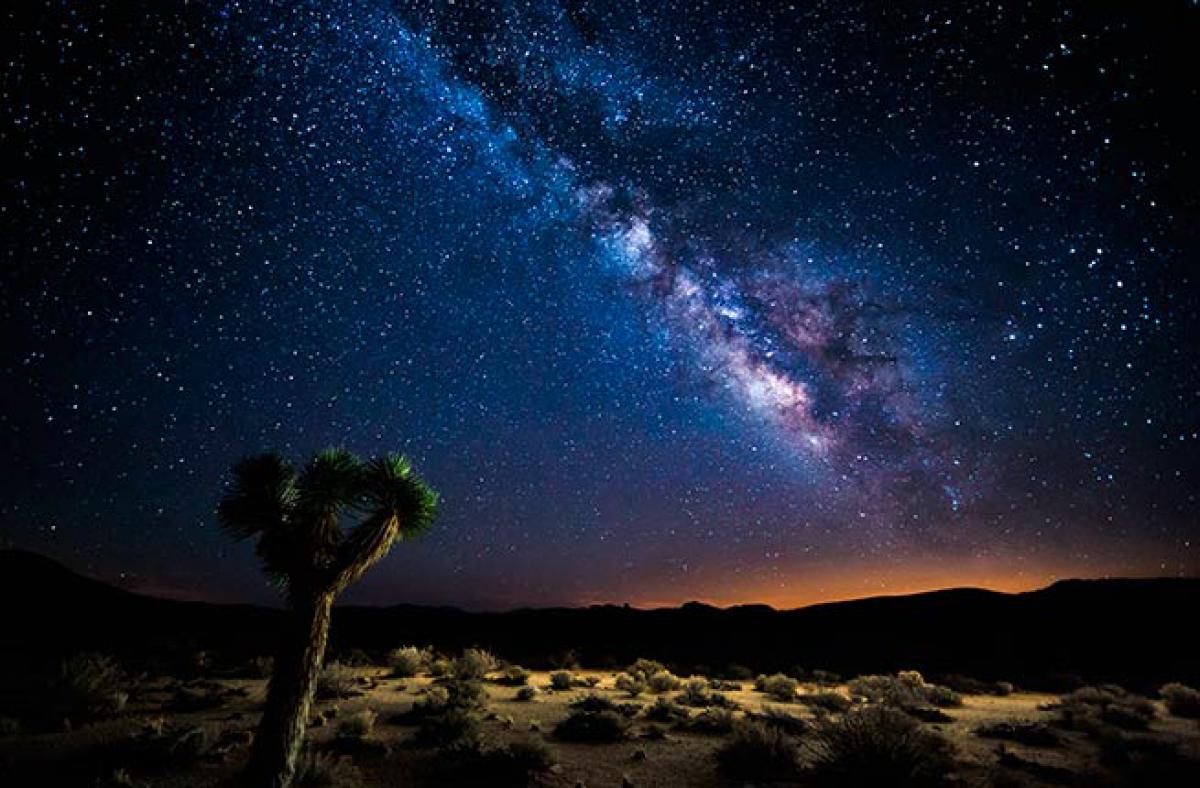
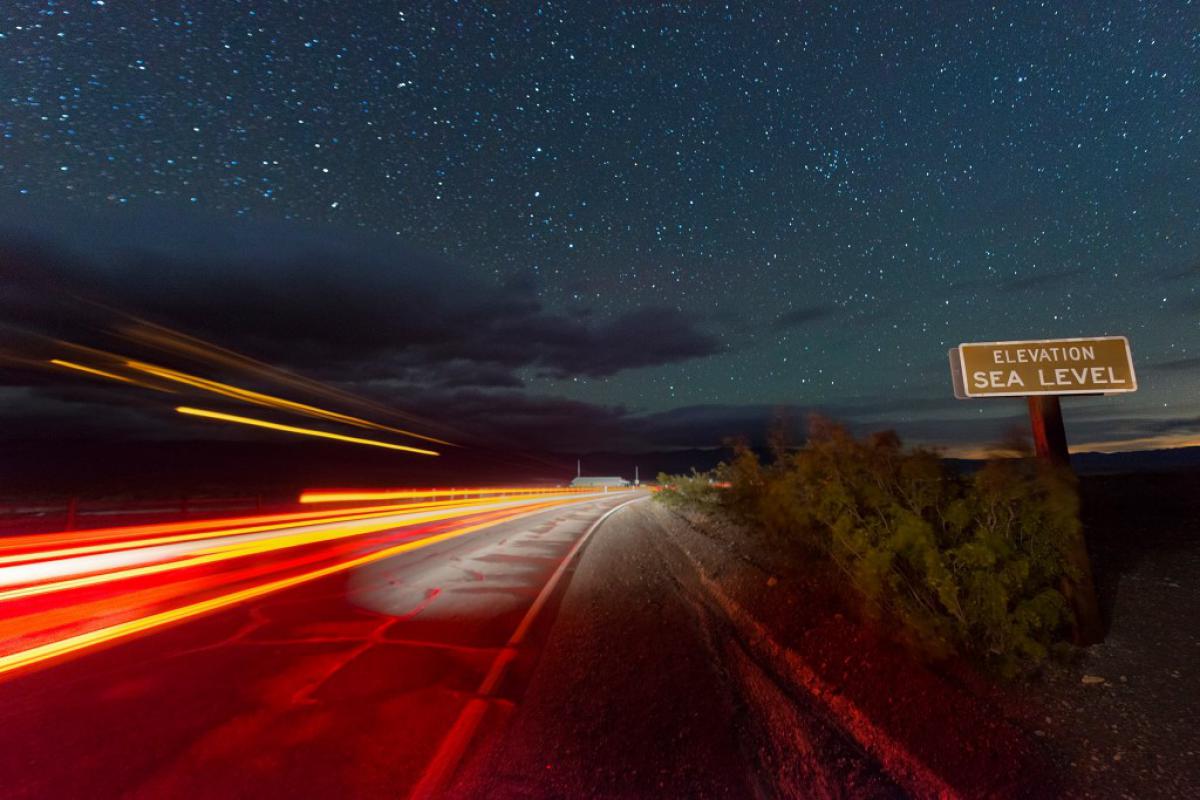
Death Valley National Park serves as the best place for visitors who are enthusiastic about observing lunar eclipses or meteor showers. As vast as 3.4 million acres most of which are preserved lands without any developments, the park is prominent with its darkness with minimum amount of artificial lighting. But what actually turns this Gold-Certified International Dark Sky Park into an outstanding star gazers’ diamond is its dry climate, fresh air and enormous horizon that baffles any visitor.
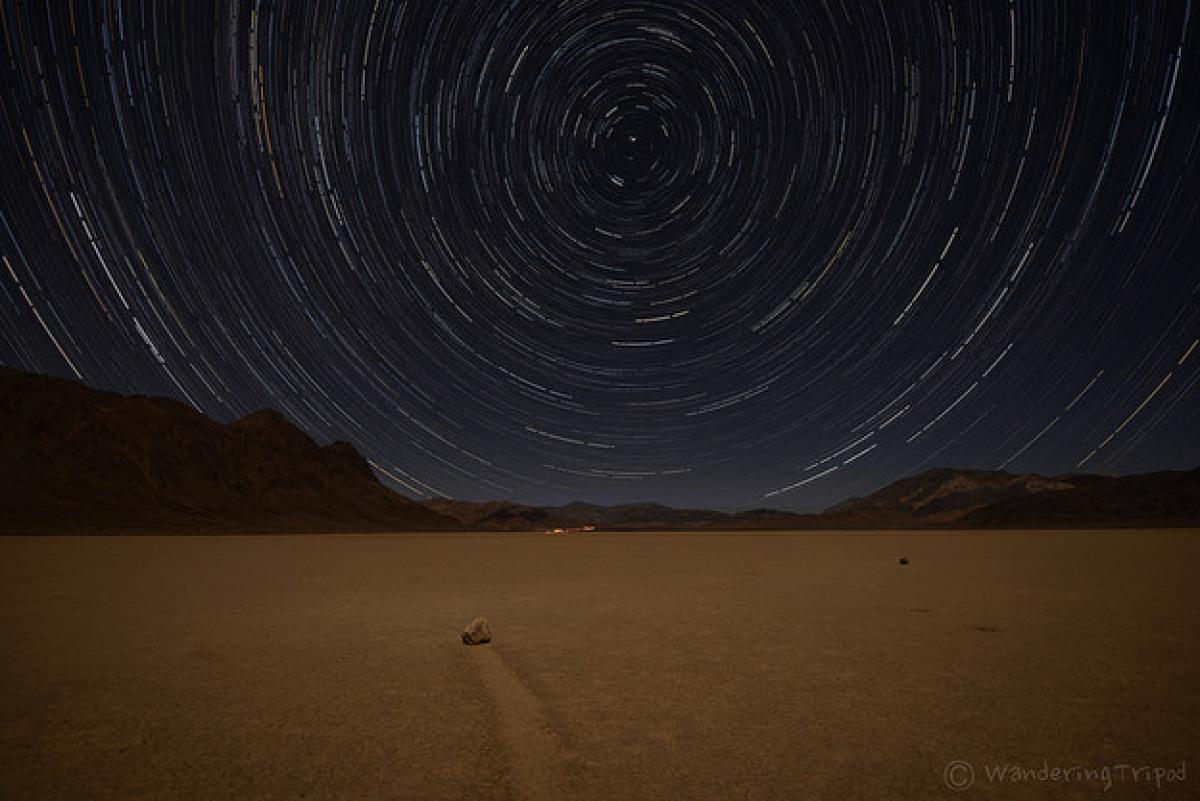
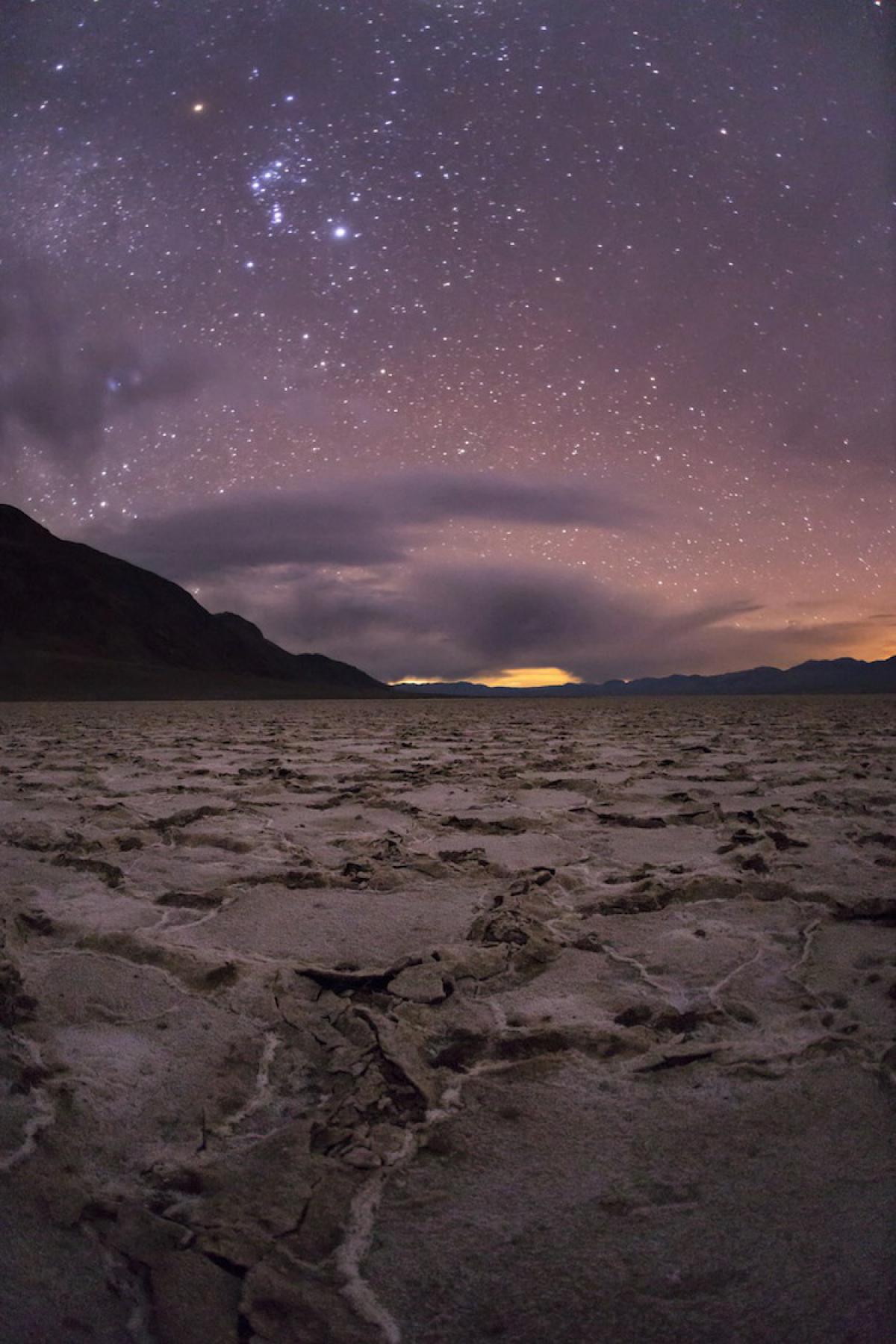
Useful info: it is not recommendable to spend nights in the Death Valley during the summer, since temperatures are far from pleasant reaching 100 degrees Fahrenheit and above. The period between ,November and April is much more attractive with its temperatures in the and the organized night sky programs.
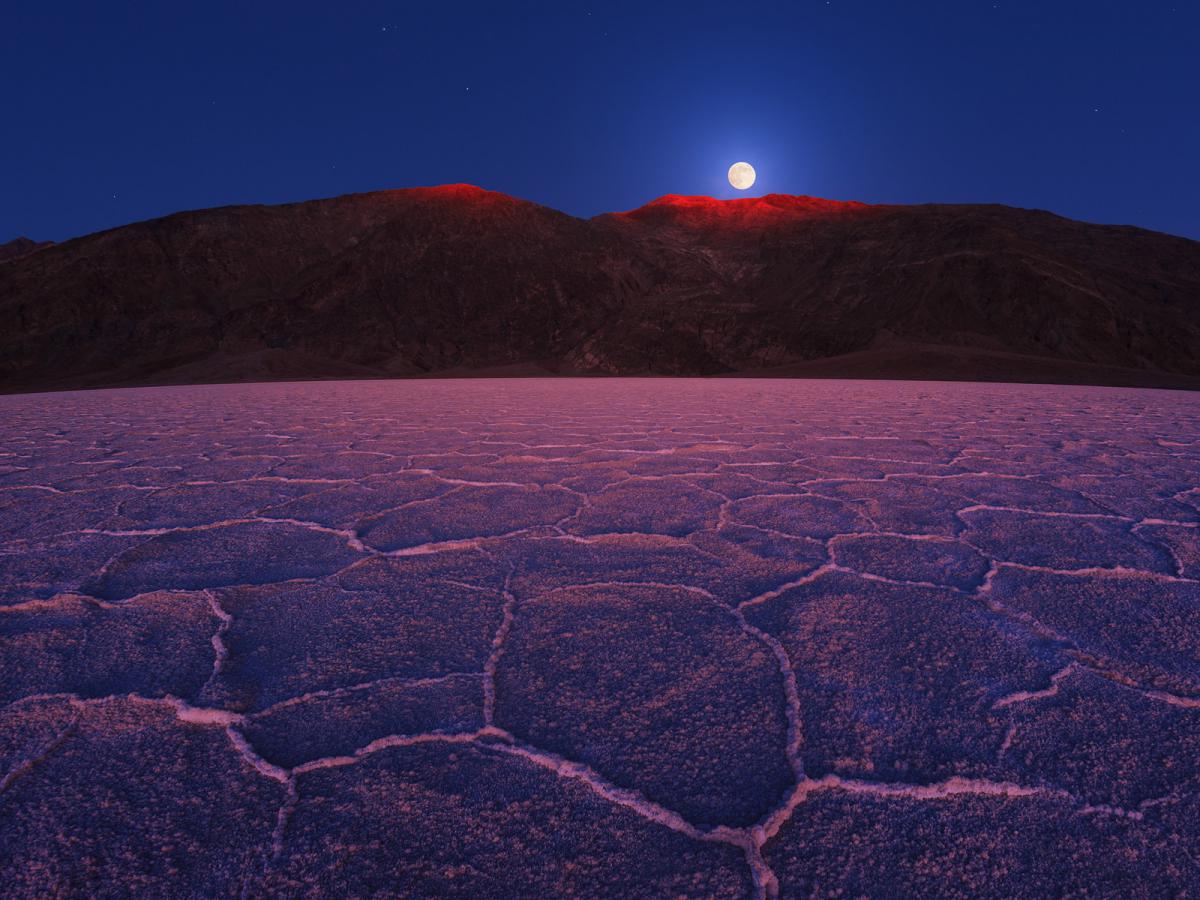
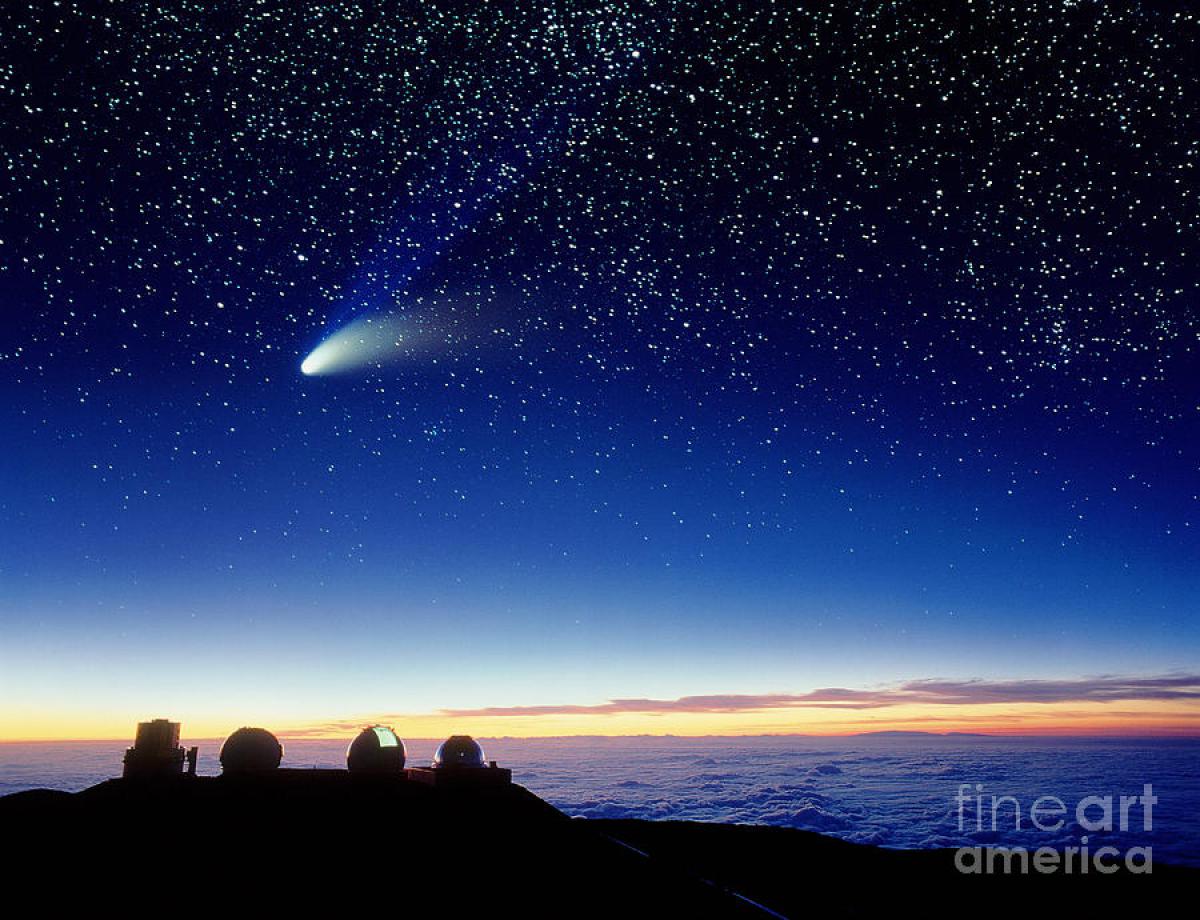
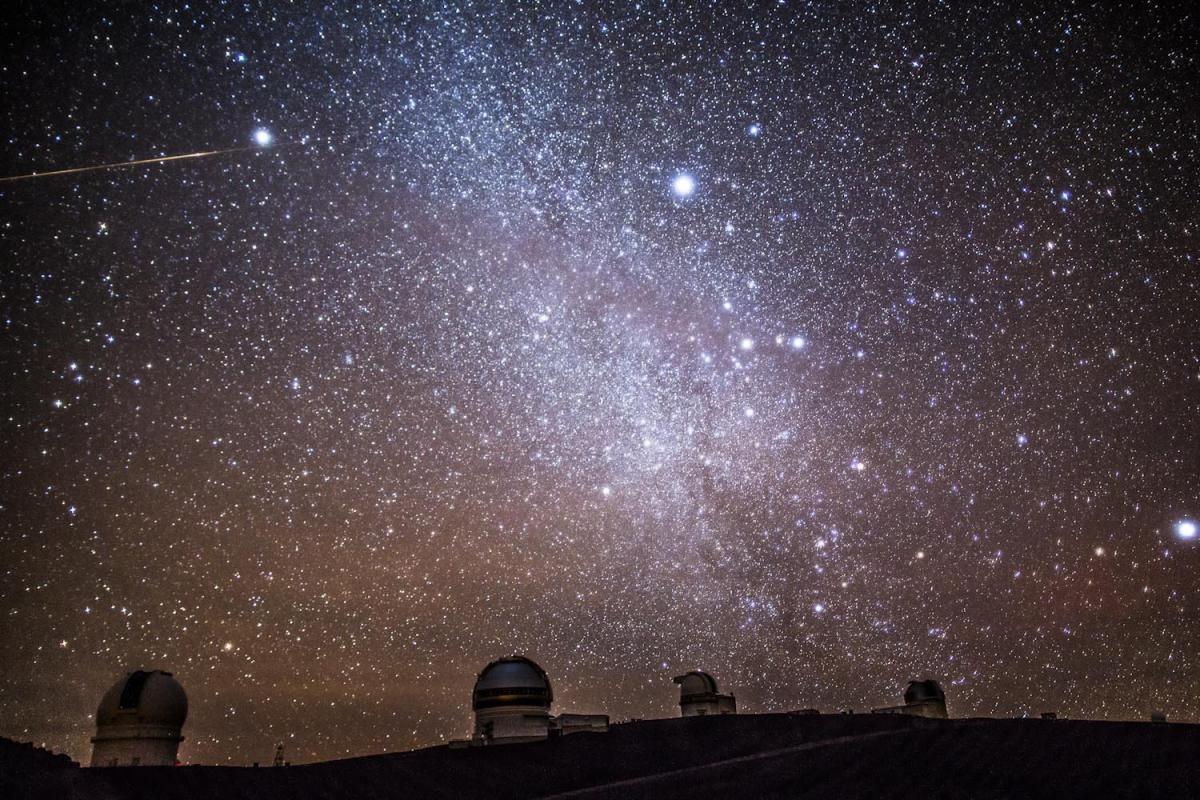
Known as the highest Hawaiian point Mauna Kea is situated on the Big Island; it is a sleeping volcano at the size of 13,803 feet. ,It is where the world’s largest and most sophisticated ,astronomical observatory ,resides. Astronomers claim the stargazing location in Mauna Kea to be the best on our planet for the lack of light pollution, which is facilitated by the location of the Hawaiian islands in the middle of the Pacific, and a strict lighting regulation throughout the island. Mauna Kea is remarkable with the fact that the summit is isolated from the wet marine air from below. This provides clear, dry sky with no pollution from the atmosphere.
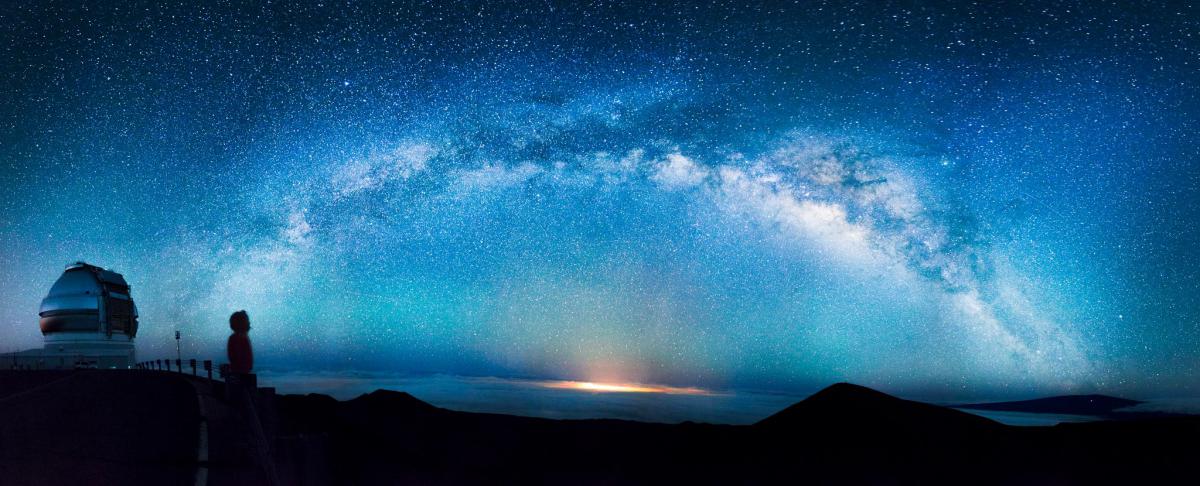
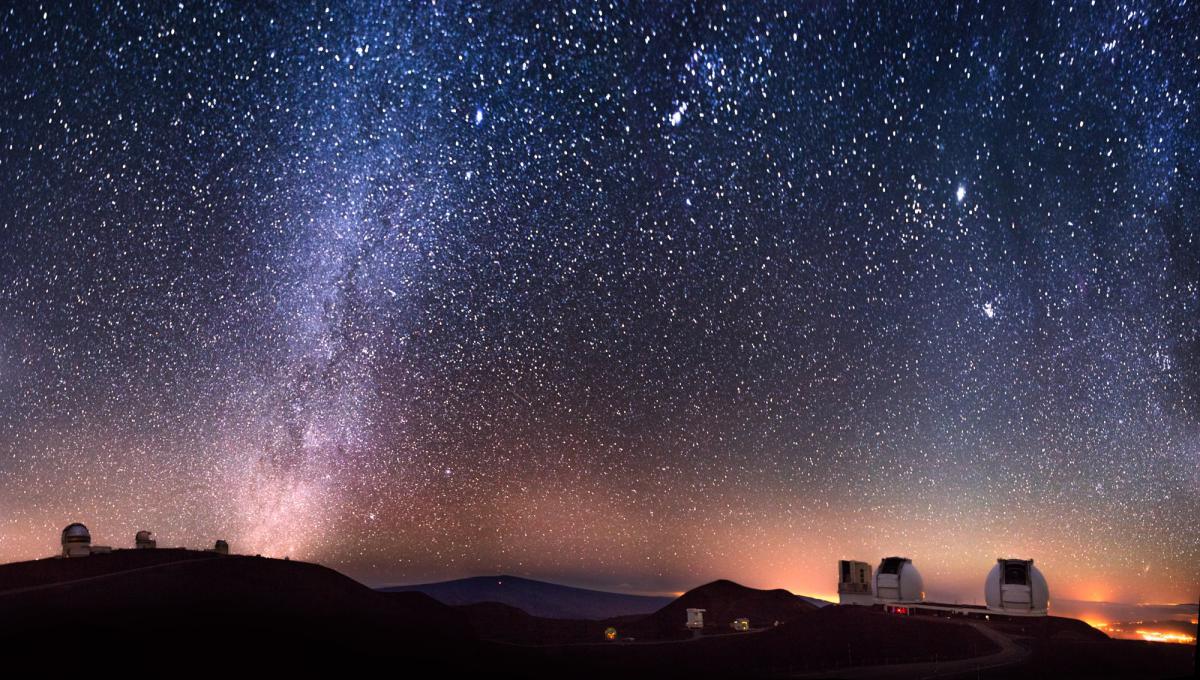
Useful info: you can obtain unpaid stargazing programs every evening from 6 o’clock in the evening if you start your journey at 9,200 feet at the Onizuka Center for International Astronomy Visitor Information Station.
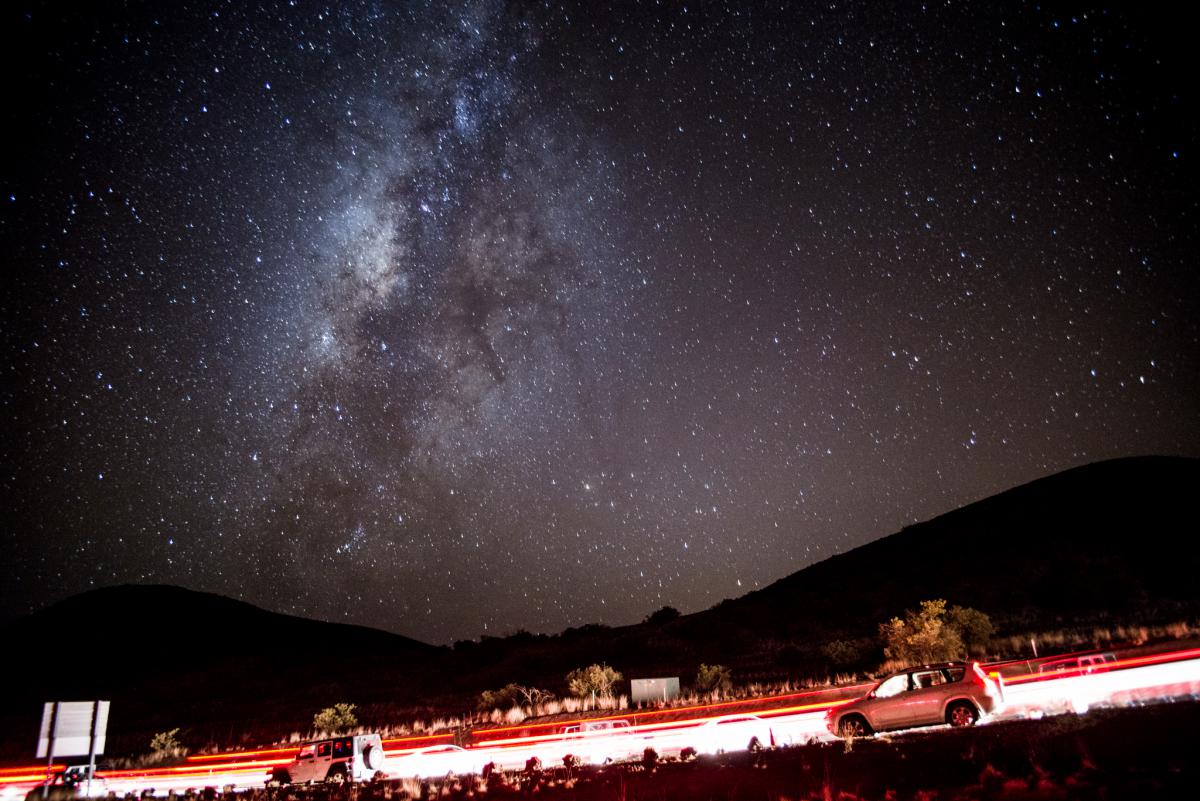
Chaco Culture National Historical Park
Whereabouts: New Mexico
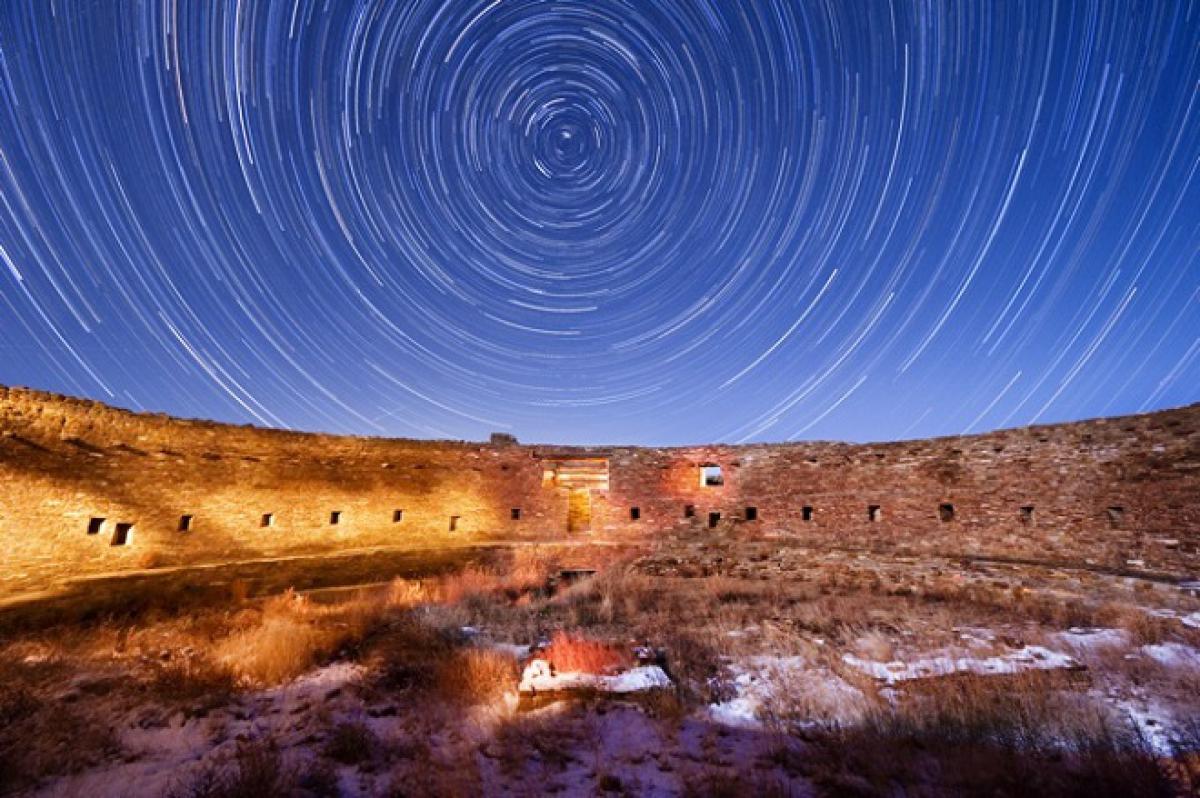
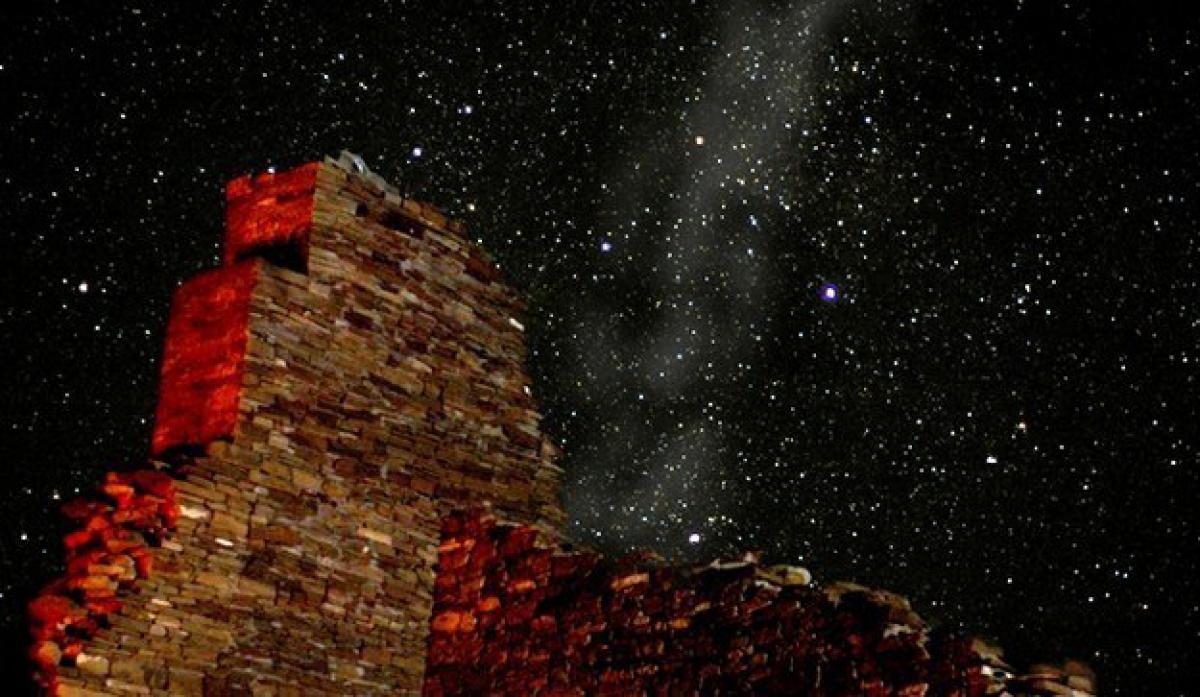
Famous for its abundance of prehistoric archeological sites(more than 4,000), Chaco Culture National Historic Park is a suitable pure and dark location to look at the night skies, attraction comparable to the one experienced by our predecessors. The park is a protected location in san Juan Basin in the northwest of New Mexico; as a result it is a natural dark area and in 2013 Chaco was awarded an International Dark Sky Park Gold Certification. The Chaco Culture National Historical Park offers astronomy programs, organizes solar observation, and telescope stargazing from the month of April until October. Get info about the timetables at the Visitor Center.
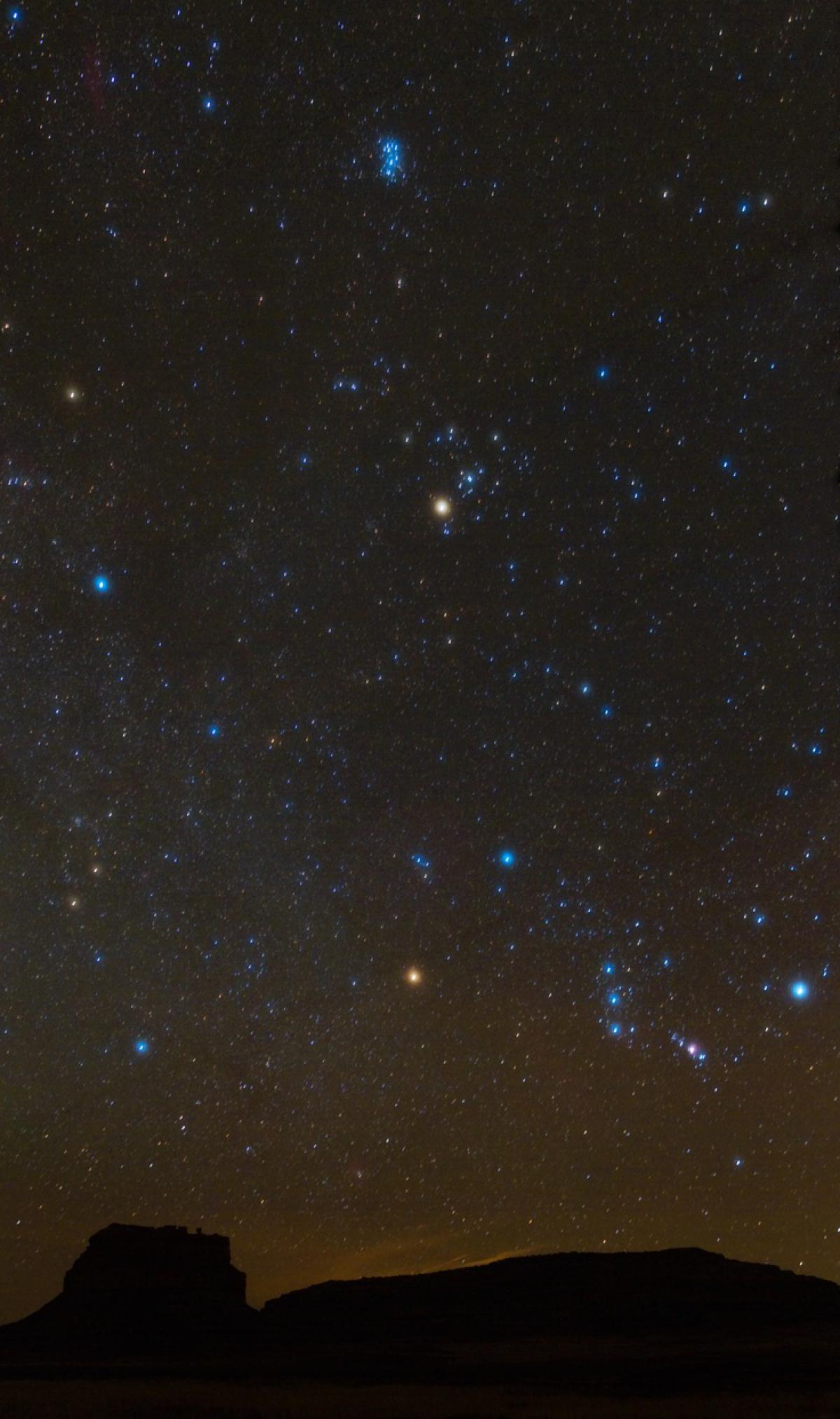
Useful info: The access to the distant park is possible via dirt roads. The park’s website offers extensive information about the safest routes and provides valuable directions. Some mapping applications are not recommendable as they instruct about routes that may be dangerous for ordinary passenger cars.
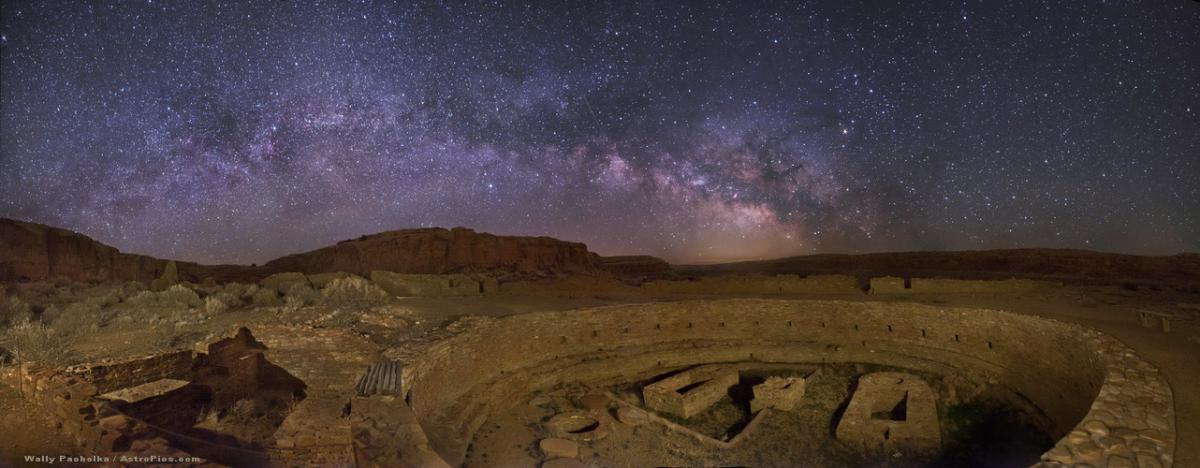
Kitt Peak National Observatory
Whereabouts: Arizona
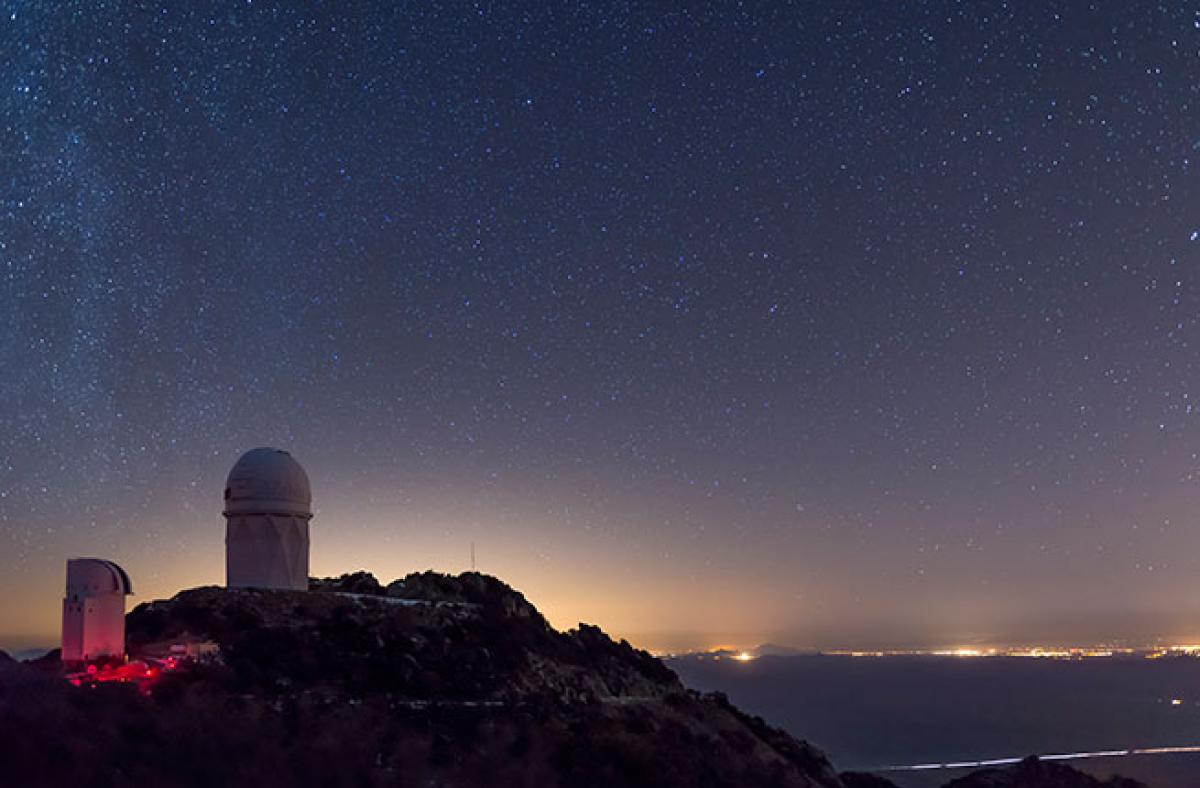
The Kitt Peak National Observatory(on top of a mountain) is situated near Tucson and has the world’s biggest collection of optical telescopes. There is ,a Visitor Center and Museum that is open to the public. The Sonoran desert’s pure night skies are well-renowned. But ,what makes this site one of the US most attractive for stargazing lovers is the chance to be equipped with a 20-inch telescope.
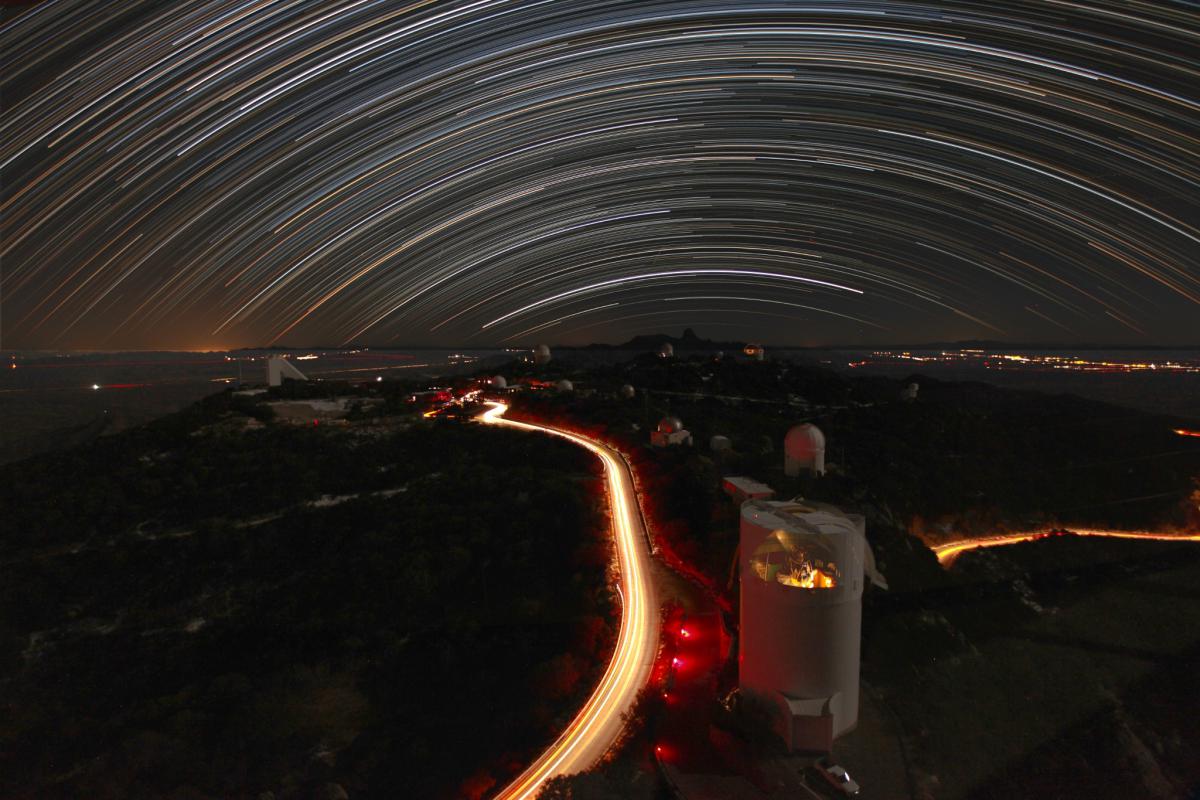
Useful info: in order to get advantage of the Observatory’s telescopes, you need a registration for one of the Nightly Observing Programs at the cost of $49. The shuttles from the Visitor Center to the peak is not free either. There is an Advanced Observing Program with a due price tag, of course. In case you are willing to have an extraordinary dark stargazing experience, dare to spend some money for an overnight. Observatory event guided by a staff astronomer.
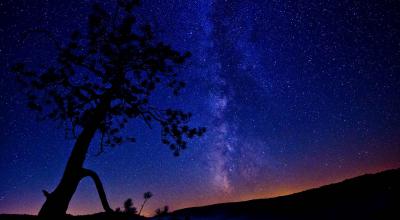
Leave a Reply